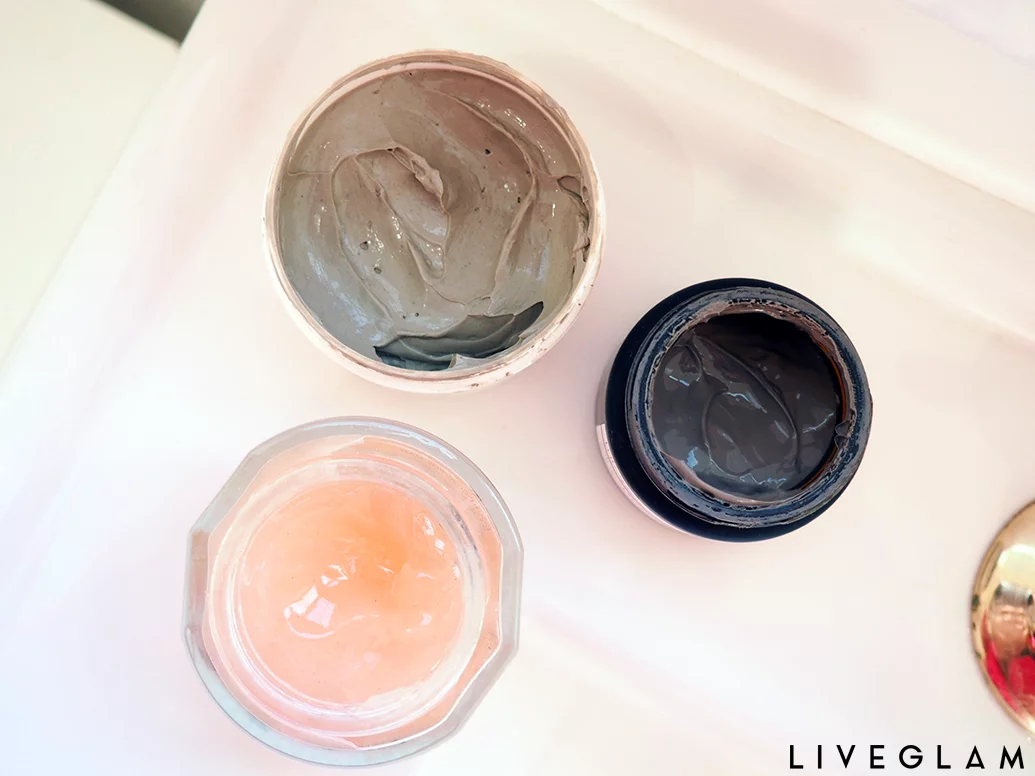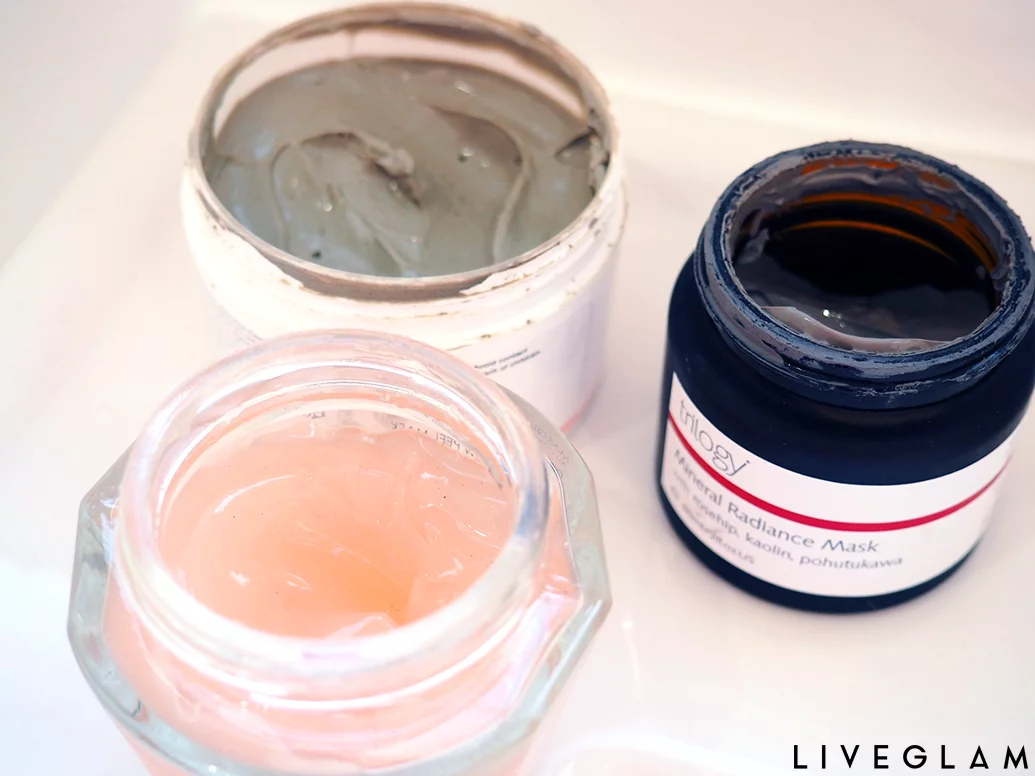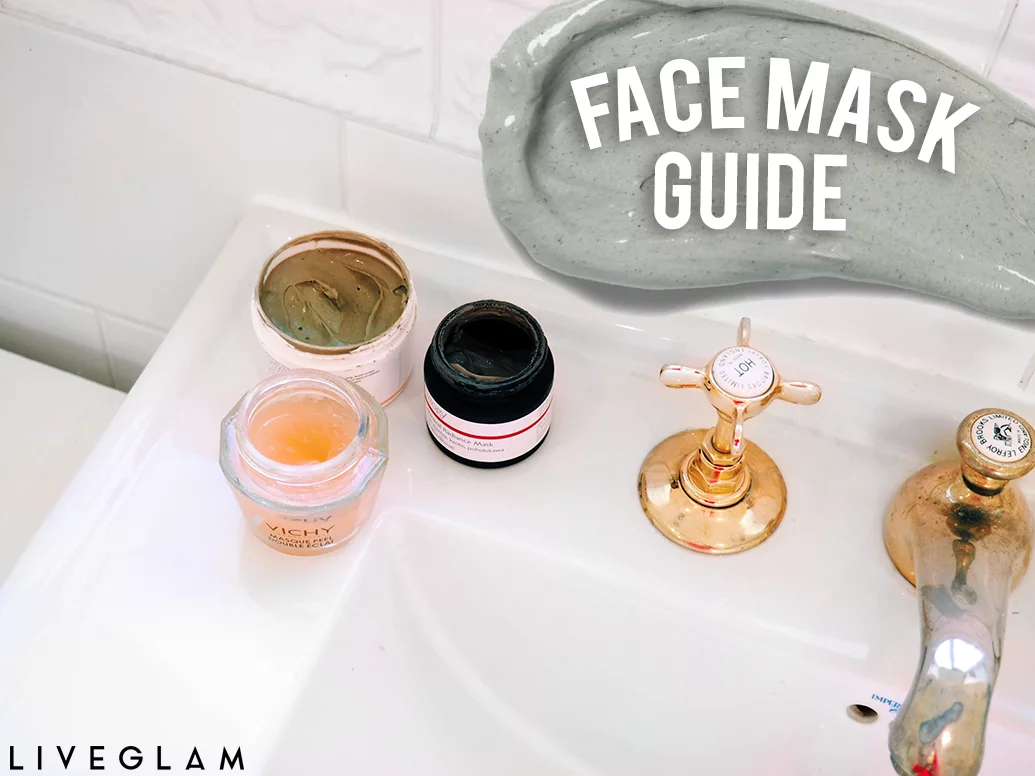We often turn to our (overflowing) face mask stash when our skin starts misbehaving, needs a little TLC, or to remedy our facial frustrations, but knowing which one to use and which face masks are best suited for our skin type can be a tricky business. Luckily, we’ve thrown together a fool-proof guide to masking and which ones you should be using!
1. Gel masks
Masks formulated with gel, which are typically aloe-vera based, are great for dehydrated, oily skin as they impart water and hydration, but not any oil as they are predominantly oil-free. They’re also great for sensitive skins, or skin that has been ravaged by weather conditions such as the low humidity that winter brings as they are soothing and gentle on the skin.

2. Clay masks
As clay absorbs excess sebum and oil, they’re best suited for oilier skin types. There are many different types of clay; kaolin is the gentlest of all the clays, and French green and bentonite clay are much more exfoliating and oil-absorbent. Clay masks are also great for those of us concerned with clogged or large pores, as the clay works to draw impurities from and tighten the pores.
A (minor) word of warning, though: clay masks should never be left on the skin for too long, as they can dry out the skin and cause more problems than they solve, and should always be followed by a hydrating serum and/or moisturiser after removal.
3. Overnight & sheet masks
For seriously parched skin, these types of masks really can remedy all your dehydration woes. Sleep and sheet masks; both of which form a permeable seal over your skin to aid maximum penetration of the ingredients within them, are appropriate for all skin types depending on the formula, but are particularly good for dry or/and dehydrated skin types as they trap and seal in moisture.
They’re also great for long-haul flights as they form a barrier between your skin and the drying effects of the air conditioning, thus protecting your skin from further dehydration!

4. Exfoliating masks
Masks formulated with AHAs such as glycolic or lactic acid work are best suited for those with dry or dull skin, as they work to gently dissolve dry patches of skin, and resurface the skin. Again, much like clay masks, exfoliating masks should be followed with hydrating skincare products to rebalance the skin, but glycolic-based masks should also be followed with SPF as the acid increases your skin’s photosensitivity.
And, if like most people, you don’t just fit into one skin type category, you can always try multi-masking, which involves using different masks to target different skin concerns/needs. For example, if your cheeks are dry and flaky, but your t-zone is looking a little congested and oily, you might benefit from using a hydrating mask on your cheeks, and a clay-based mask throughout the central panel of your face!
Which face masks do you gravitate towards, and which face masks are you currently loving?

